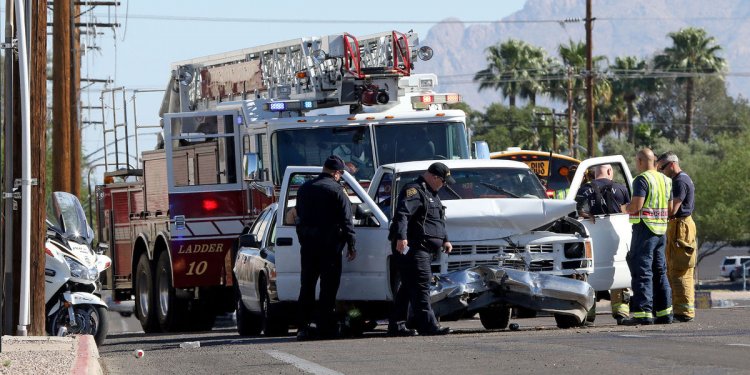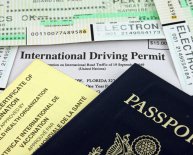
Car insurance rates by zip code
 Laws, court rulings and driver behavior mean that someone across a state line might pay double (or half) of what you do.
Laws, court rulings and driver behavior mean that someone across a state line might pay double (or half) of what you do.
Thinkstock
By David Muhlbaum, Online Editor
May 21, 2015
When it comes to the cost of your car insurance, there are things you can control fairly easily, such as what you drive and how you drive it. And things you can't, such as where you live. In fact, differences in state laws, court rulings and driver behavior mean the insurance bill in one state could be more than double the bill on the same vehicle in another state.
An annual study by Insure.com compares average insurance premiums in all 50 states and the District of Columbia. You can see where your state ranks on this map:
Based on Insure.com data.
This is the fifth year of the study, which gathers quotes from six major insurers in multiple zip codes in all 50 states and Washington, D.C., averaging rates for the 20 best-selling vehicles nationwide. Those models, led by the Ford F-series pickup, represented 40% of the new-car market in the U.S. in 2014.
Rates are based on full coverage for a single, 40-year-old man who commutes 12 miles to work each day. The hypothetical driver has a clean record and good credit. The policy has limits of 100/300/50 (0, 000 for injury liability for one person, 0, 000 for all injuries and , 000 for property damage in an accident) and a 0 deductible on collision and comprehensive coverage. The rate includes uninsured motorist coverage.
 For the second year in a row, Michigan tops the list of the most expensive states, with rates nearly 89% above the national average. It's basically in a class of its own, with an average that’s 31% more expensive than that of the second-costliest state, Montana.
For the second year in a row, Michigan tops the list of the most expensive states, with rates nearly 89% above the national average. It's basically in a class of its own, with an average that’s 31% more expensive than that of the second-costliest state, Montana.
Penny Gusner, consumer analyst for Insure.com, says the main culprit is the Great Lakes State’s no-fault personal injury system, which provides unlimited lifetime medical benefits to injured motorists. "If someone is seriously injured, these auto insurance benefits could be paying out for decades, " she said. Those generous benefits also attract fraudsters who file false injury claims, raising costs even more. And Michigan has a lot of uninsured drivers: 21% (versus a national average of 12.6%), according to the Insurance Research Council. Those free riders raise costs for everyone else.

















